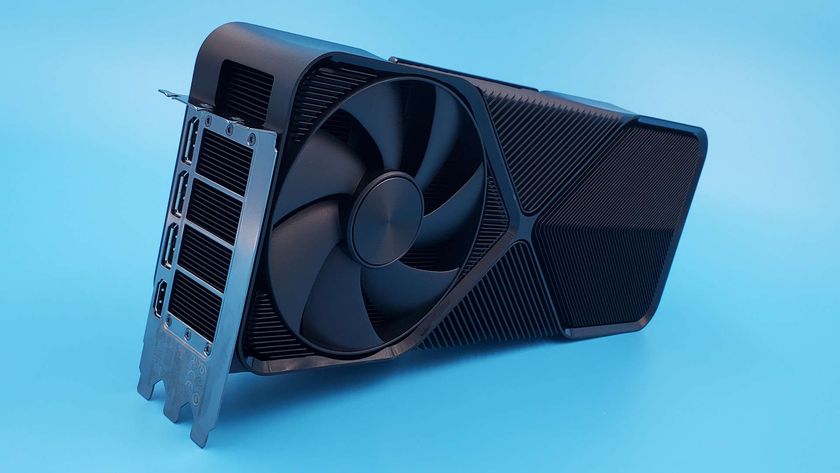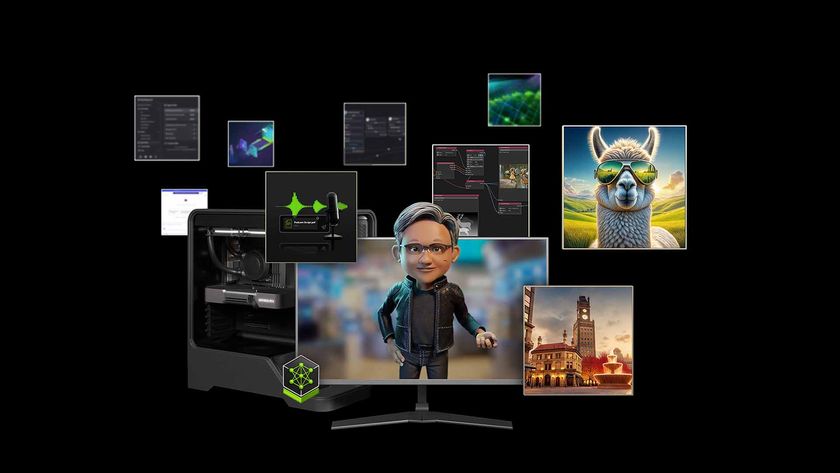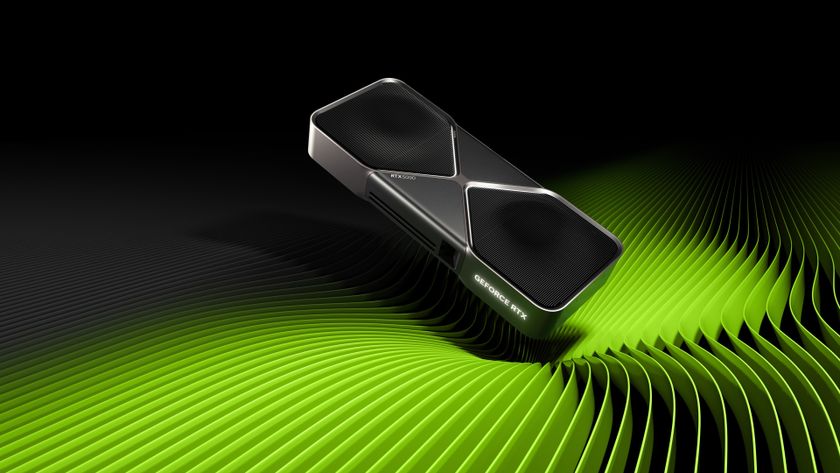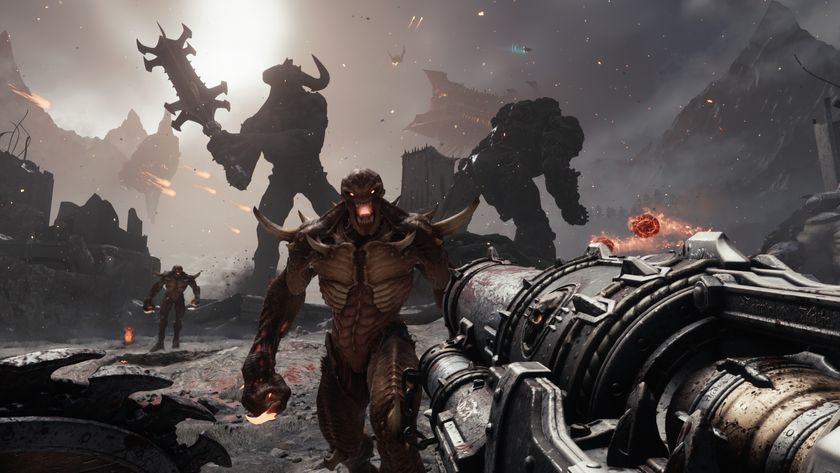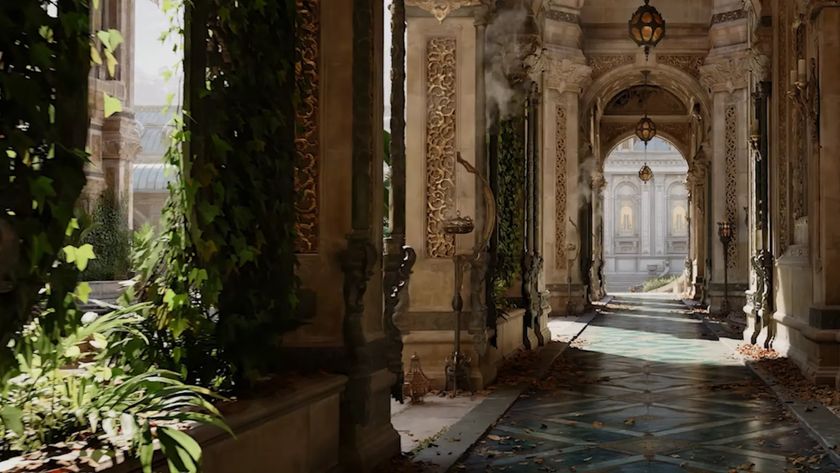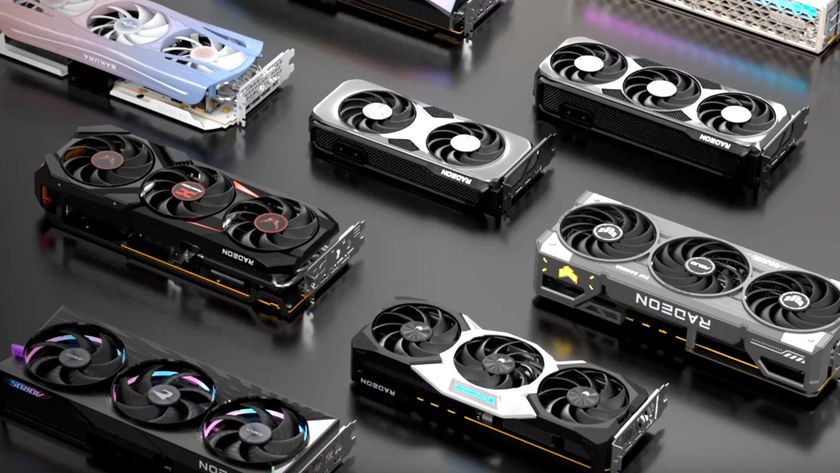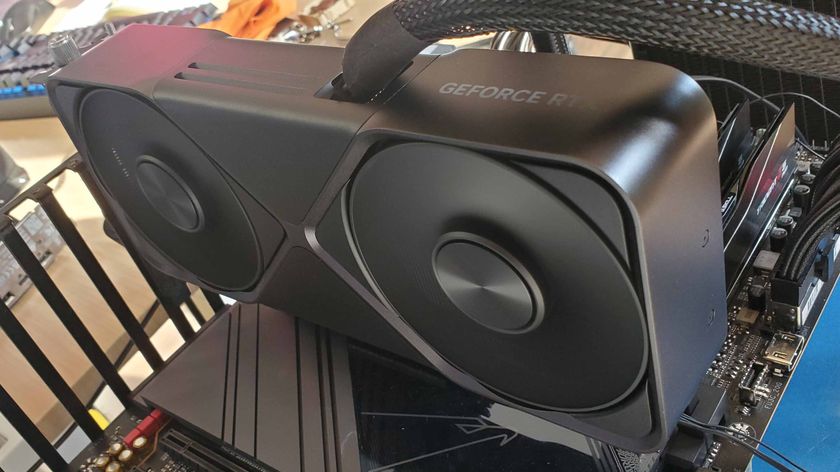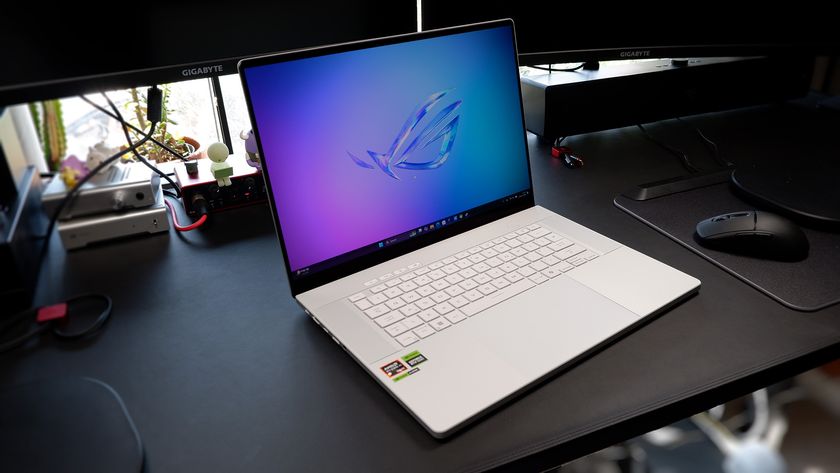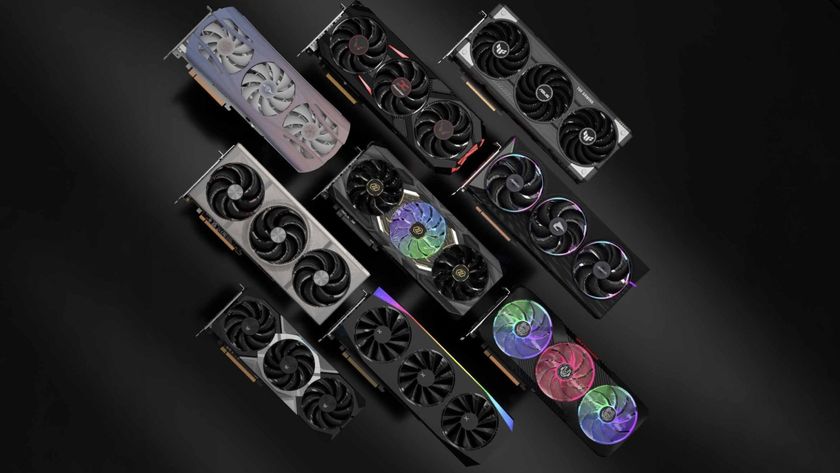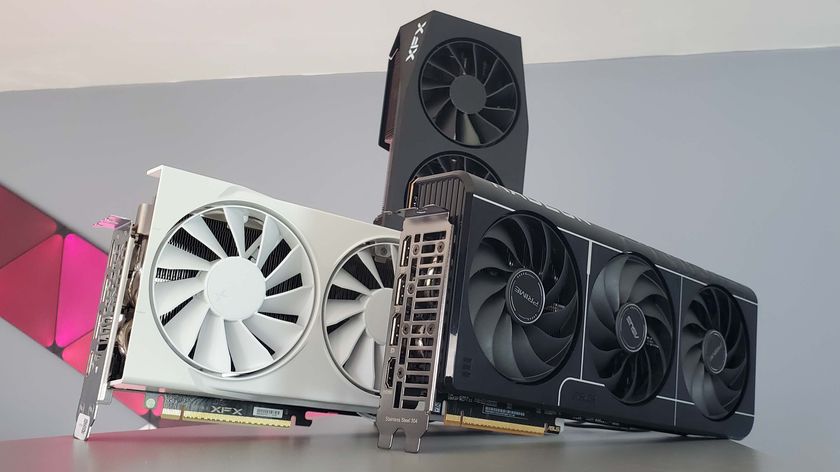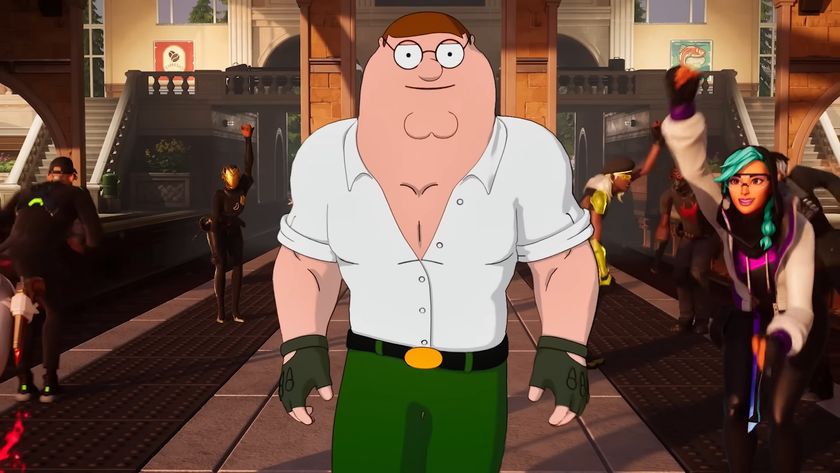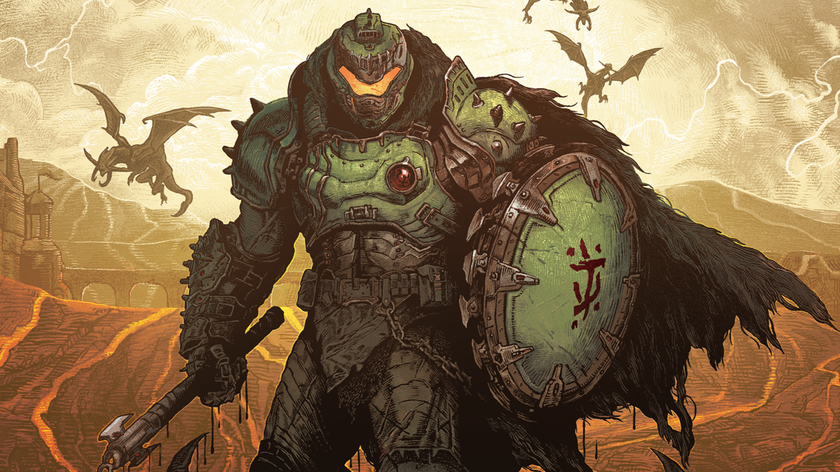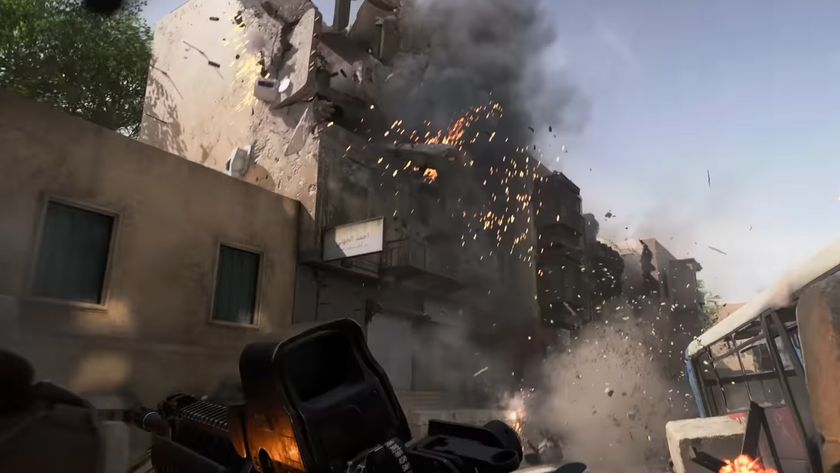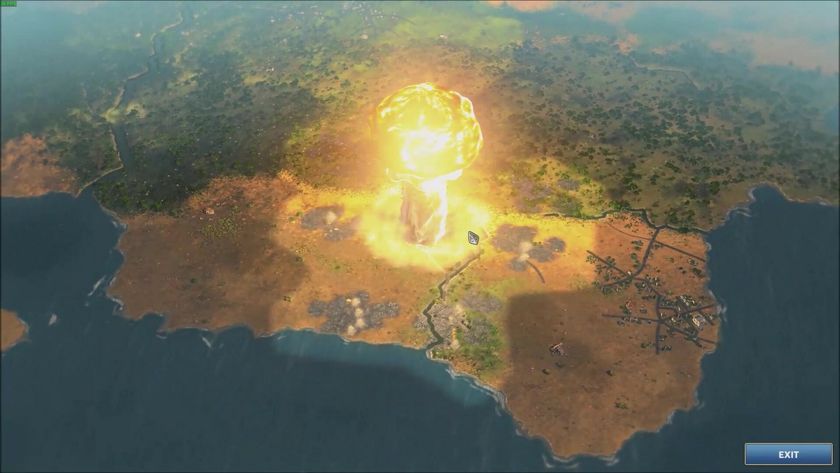Nvidia RTX 50-series and dev kit show that rasterization is old news and we're now firmly in the era of AI rendering
Though for now, we'll just have to make do with a video as to what it all means for in-game graphics
Goodbye rasterization, hello neural rendering. To complement the launch of the GeForce RTX 50-series at CES 2025, Nvidia has announced an updated RTX software kit for developers, with APIs for neural rendering—shaders, materials, and texture compression, and more performance in ray traced games. The tech won't be in games just yet but at least we have a purdy video to see just what it can all do that rasterization can't.
In September 2018, Nvidia released its first graphics cards to bandy the phrase 'AI' at the PC gaming market, in the form of the GeForce RTX 20-series. The Turing-powered GPUs in these cards sported new processing units, so-called Tensor cores and RT units, for doing matrix calculations and accelerating ray tracing mathematics. However, the only AI they actually did was frame upscaling for the DLSS (Deep Learning Super Sampling) algorithm, which appeared in February 2019.
Now, with the latest Blackwell GPUs, AI is no longer a mere sidekick: it's the most important aspect of the whole processor and to allow developers to tap into its potential more easily, Nvidia has updated its RTX software kit with a raft of new tools.
You've got neural shaders to "unlock new compression and approximation techniques for next-generation asset generation", neural texture compression for "8x VRAM improvement at similar visual fidelity to traditional block compression at runtime", and neural materials to "compress shader code of complex multi-layered materials for up to 8X faster material processing to bring real-time performance to film-quality assets."
If that's not enough, there are APIs and tools for RTX Mega Geometry (which improves the performance of BVHs, bounding volume hierarchies, for ray traced games) and RTX Neural Faces, aka generative AI face rendering (for…err…nice looking faces?). Oh, and everything else that was already there, such as RTX Dynamic Illumination, as seen in Star Wars Outlaws, and Opacity Micro-Maps, which are used in Indiana Jones and the Great Circle.
Nvidia is also working with Microsoft and other chip vendors to get support for something called cooperative vectors in DirectX. There's not a wealth of information about this topic right now but essentially it opens up more matrix operations in shaders, the key routines that power AI. Implementing this in DirectX means developers won't necessarily have to use a specific API to do some kind of neural rendering.
Although the new RTX kit isn't publicly available, you can be sure that certain developers will already have access to it and I wouldn't be surprised if we see some of the big game releases of 2025 sporting neural rendering somewhere (much in the same way that DLSS and ray tracing was only used in a handful of key games when they first appeared).
The biggest gaming news, reviews and hardware deals
Keep up to date with the most important stories and the best deals, as picked by the PC Gamer team.
In the meantime, to tide us over until all of Nvidia's new tech pops up in a game, we have a tech demo called Zorah (as shown at the top of this story). "Built using the Nvidia RTX branch of Unreal Engine (NvRTX), Zorah features nearly half a billion triangles per scene, over 30,000 materials, over 2,000 particle lights and 1,500 textures to enable complex architecture and lighting to be visualized at cinematic quality."
I really miss the golden age of graphics cards, the very late 1990s through to the mid-2000s, where every new GPU was promoted with a spectacular graphics demo and even though Nvidia still churns them out, they never seem to have quite the same wow factor anymore. The same is somewhat true of Zorah, though I dare say YouTube's compression algorithm isn't helping. That said, it's still very pretty. I just wish Nvidia showcased the full capabilities of its generative AI face rendering more, as the demo video for that is far too brief.
Some people might lament the fact that other than the RTX 5090, we haven't seen a multi-generational leap in core counts or clock speeds with Nvidia's new graphics cards. That's almost certainly because it views traditional rendering techniques (colloquially known as rasterization) as having reached a plateau, in terms of how much better they can get and what level of GPU would be required to render it all even faster.
I have no doubt that we're nearing the point where game rendering using AI and ray tracing will be visually perfect (to the eye, if not mathematically) and run at an acceptable performance. We're not there yet but we're probably not too far off that stage. Of course, all this is only going to be possible using the very latest GPUs which raises the question about where that leaves the majority of the PC gaming world that isn't using such a graphics card.
Quite a few of the big games released in 2024 were entirely ray traced and in the case of Indiana Jones and the Great Circle, the only GPUs that can run that game have RT units inside them. With AMD finally joining Intel and Nvidia in having dedicated hardware for matrix operations, it probably won't be too far in the future that we'll see AI-exclusive games.
Catch up with CES 2025: We're on the ground in sunny Las Vegas covering all the latest announcements from some of the biggest names in tech, including Nvidia, AMD, Intel, Asus, Razer, MSI and more.

Nick, gaming, and computers all first met in 1981, with the love affair starting on a Sinclair ZX81 in kit form and a book on ZX Basic. He ended up becoming a physics and IT teacher, but by the late 1990s decided it was time to cut his teeth writing for a long defunct UK tech site. He went on to do the same at Madonion, helping to write the help files for 3DMark and PCMark. After a short stint working at Beyond3D.com, Nick joined Futuremark (MadOnion rebranded) full-time, as editor-in-chief for its gaming and hardware section, YouGamers. After the site shutdown, he became an engineering and computing lecturer for many years, but missed the writing bug. Cue four years at TechSpot.com and over 100 long articles on anything and everything. He freely admits to being far too obsessed with GPUs and open world grindy RPGs, but who isn't these days?
